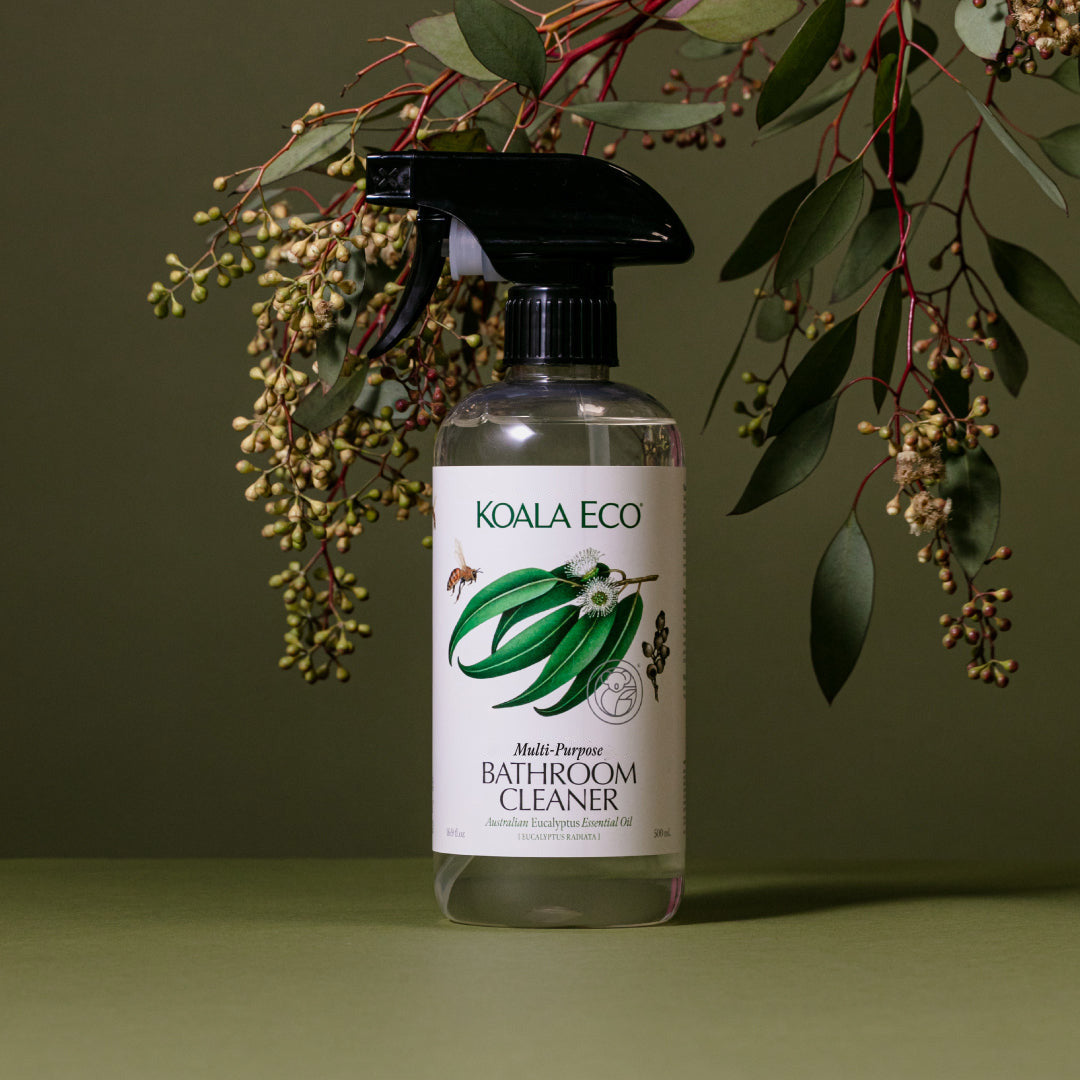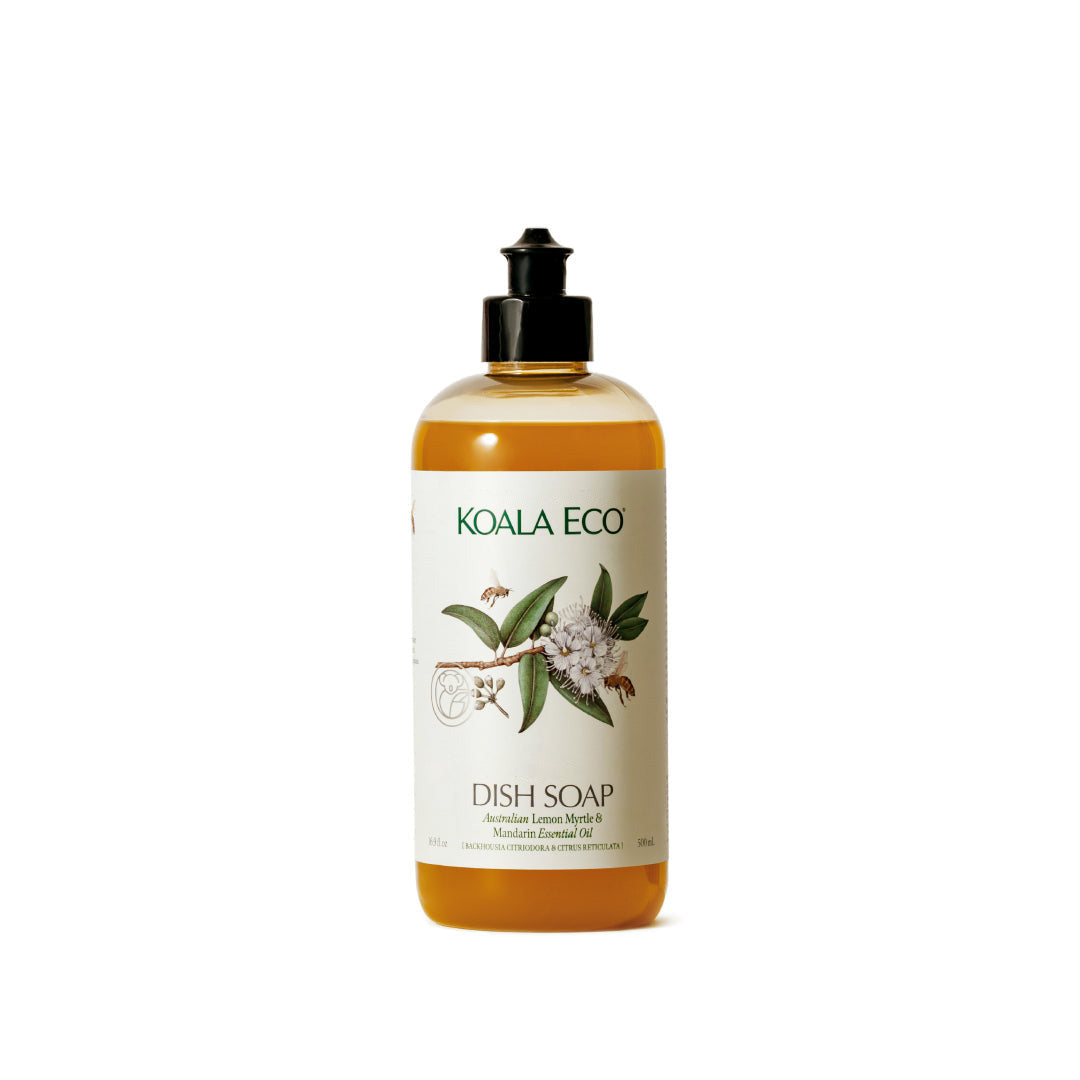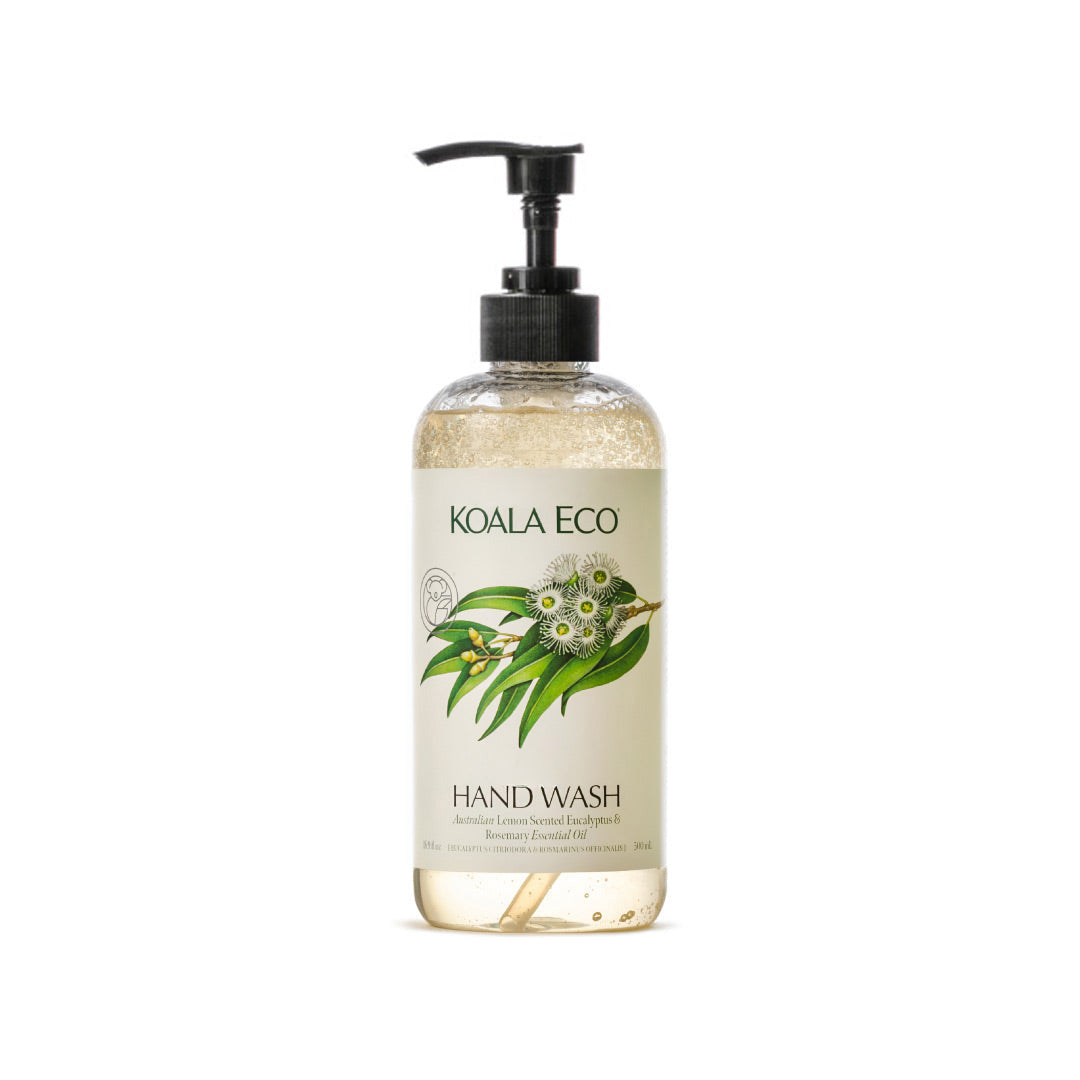What ‘personhood’ could mean for nature
‘Personhood.’ In the Western legal system it’s a complex and much-debated concept, which doesn’t just apply to people, but extends to things like corporations. And in recent years, to rivers, lakes and animals.
In 2008, Ecuador changed its constitution to give legal rights to rivers, forests and air, stating ‘Nature or Pacha Mama, where life is reproduced and exists, has the right to exist, persist, maintain and regenerate its vital cycles, structure, functions and its processes in evolution.’ (1)
In 2017, New Zealand passed a law recognising the Whanganui River as ‘a spiritual and physical entity,’ which—or rather who—can be represented in court. The same year, Indian judges ruled the rivers Ganges and Yamuna are living entities, and in 2021, this declaration of personhood was granted to the Mutehekau Shipu (or Magpie River) in Canada.
And then just last year, Indigenous leaders of New Zealand, Tahiti and the Cook Islands signed a treaty—He Whakaputanga Moana—that recognises whales as legal persons. (2)
According to Carlos Duarte, a marine ecologist and the lead scientist for the effort leading to the treaty, ‘about 10,000 whales are killed every year because of ship strikes.’ Yet these incredible creatures are estimated to be worth $2million if they get to live a normal long lifespan of 80 to 90 years, thanks to the amount of carbon they capture. According to International Monetary Fund researchers, a whale, over its lifetime ‘sequesters 33 tons of CO2 on average, taking that carbon out of the atmosphere for centuries’ when its carcase sinks to the ocean floor.
If legal status and ‘personhood’ is what it takes to protect the physical and moral rights of nature, then we can only hope the task of protection and conservation is made easier. In 2021 Ecuador halted mining in the Los Cedros Protected Forest, a bold move considering mineral exports from gold, copper and metal ores earn hundreds of millions for the country each year as well as providing employment and income for Ecuadorians. (3)
Protection by constitution and law seems to be the 21st century Western mechanism for enshrining what First Nations peoples have always known: that all living systems, from creatures to flora to mountains, from landscapes to fungi to oceans are sentient beings. In fact, these are our ancestors. As Robert Macfarlane, author of Is a River Alive notes ‘if you find it difficult to think of a river as alive, try picturing a dead or dying river.’ (4)
[1] https://www.garn.org/wp-content/uploads/2021/09/Rights-for-Nature-Articles-in-Ecuadors-Constitution.pdf
[2] https://www.nytimes.com/2024/03/29/world/australia/whale-personhood-polynesia-maori.html
[3] Peck et al. ‘The conflict between Rights of Nature and mining in Ecuador: Implications of the Los Cedros Cloud Forest case for biodiversity conservation.’ People and Nature (2024) 6
[4] https://www.theguardian.com/books/2025/apr/26/is-this-river-alive-robert-macfarlane-on-the-lives-deaths-and-rights-of-our-rivers





































